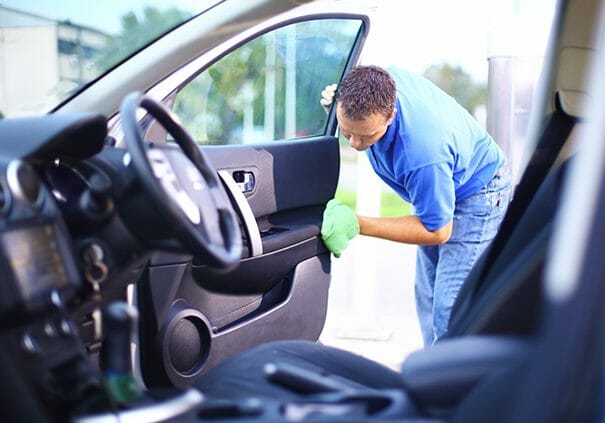As we slowly take to the roads, an ounce of prevention is worth a pound of cure.
With New York City likely to remain under lockdown into June to control the spread of COVID-19, surrounding areas are beginning to take initial steps toward reopening. For many, this may mean a slow, steady increase in travel. For some, this may mean getting back in their cars for the first time in weeks. That also means making sure the car is kept clean and sanitized.
To ensure safety during this slow transition toward normalcy, and for anyone who may have a passenger or passengers in their car, paying extra attention to keeping the interior of the vehicle clean and sanitized is critical.
The Center of Disease Control (CDC) has published a lengthy set of guidelines on cleaning and disinfecting everything from workplaces and offices to shared and congregate housing. Among these is a detailed set of procedures that can help ensure vehicles being used during the pandemic are safe and sanitary.
According to the guidelines, all non-porous surfaces, such as hard seats, arm rests, door handles, seat belt buckles, light and air controls, doors and windows and grab handles should be cleaned with a disinfectant. The CDC recommends products listed on the U.S. Environmental Protection Agency’s list of Registered Antimicrobial Products for Use Against Novel Coronavirus SARS-CoV-2, which is the virus that causes COVID-19. Alternatively, a diluted household bleach solution, prepared according to the manufacturer’s label for concentration and application method is also acceptable. The CDC warns consumers to ensure the product is not past its expiration date and reminds consumers to never mix household bleach with ammonia or any other cleanser. Finally, alcohol solutions with at least 70% alcohol may also be used as a sanitizing agent.
For porous surfaces, the CDC recommends cleaning with products approved for such use by the vehicle manufacturer, followed by appropriate disinfecting products from the EPA’s approved list. For frequently touched electronic surfaces in the vehicle, such as touch screens and navigation devices, alcohol-based wipes or sprays containing at least 70% alcohol may be used unless otherwise directed by the manufacturer.
Keep windows and doors open during the cleaning and disinfecting process to allow any fumes to escape. Gloves and disposable PPE used for cleaning and disinfecting the vehicle should be removed and disposed of, followed immediately by hand washing with soap and water for at least 20 seconds, or use a hand sanitizer with at least 60% alcohol if soap and water are not available.
The above procedures align with processes being used at essential services facilities, such as grocery stores and, when done thoroughly and regularly, will substantially reduce the risk of contamination.
Photo: AAA

